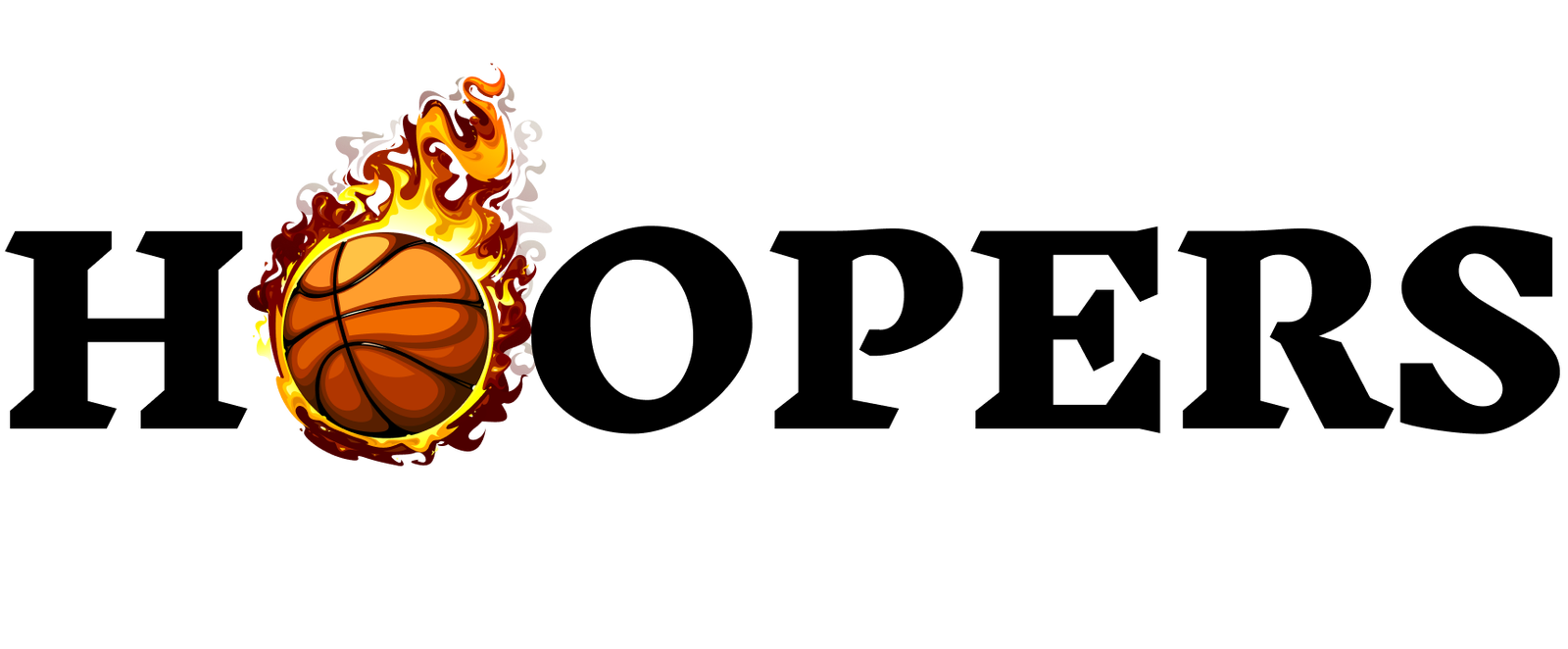
In the history of tennis technology, TEL (Tennis Electronic Lines) stands as a nearly forgotten pioneer, lost in the shadows of its more renowned successors like Hawk-Eye.
Used in the 1990s, TEL brought a novel approach to line-calling in tennis, only to disappear from the game shortly after.
However, with the ATP’s mandate for electronic line-calling by 2025, TEL could be poised for a comeback. How did this early system work, and what led to its initial decline?
TEL’s Innovative Approach to Line-Calling

The Mechanics of TEL
TEL introduced a groundbreaking method for line-calling. The system utilised tennis balls (ITF-approved) embedded with tiny metal shavings manufactured by companies like Wilson, Penn and Dunlop.
When these balls struck the court, they interacted with thin coils buried beneath the lines. This setup allowed TEL to detect the precise “footprint” of the ball as it hit the surface.
An electronic beep would sound if the ball landed outside the designated line, signalling an “out” call.
Early Trials and Challenges

TEL’s trial at prestigious tournaments like the US Open marked the first time a Grand Slam event experimented with electronic line-calling.
However, its journey wasn’t smooth. The system faced technical hiccups, as seen at the Hopman Cup, where the magnesium in a player’s racket caused some false alerts.
Despite a software update quickly resolving the issue, this incident, coupled with philosophical debates about the role of technology in sports, led to scepticism and challenges for TEL.
With interest in Tennis on TV decreasing in the early nineties and many line umpires, fearful for their employment, criticising the technology for taking the human element out of the game, the ATP and ITF were hesitant to replace the umpires through electronics.
Another pivotal issue leading to TEL’s discontinuation was related to the magnetic fields it relied upon. The World Health Organization’s (WHO) updated guidelines on magnetic fields concerning human tissue posed a new challenge.
These guidelines necessitated reducing the level of magnetic fields used by systems like TEL. As TEL required an increase in the magnetic field strength to expand its sensed zone (from 45 cm to 90 cm as requested by the ITF), complying with the WHO’s new standards became a significant obstacle.
This conflict between the need for a stronger magnetic field for the system’s effectiveness and the need to adhere to health and safety standards was a critical factor in TEL’s eventual phase-out in favour of other technologies.
The Rise of Hawk-Eye and TEL’s Eclipse

As TEL grappled with its challenges, Hawk-Eye emerged with an advanced, challenging solution with no health and safety issues and covering the whole court.
Its camera-based system quickly became the gold standard, leading to TEL’s decline. However, the high installation and operational costs of Hawk-Eye have remained a point of discussion.
TEL 2.0: Poised for a Modern Revival

In response to the upcoming mandatory electronic line calling, TEL 2.0 seeks to marry its original technology with modern advancements. This hybrid approach addresses past shortcomings while providing an economically viable alternative for tennis tournaments.
The sensed zone of the new TEL system is now 30 cm, for which a much lower magnetic field is required. It now meets modern health and safety standards due to improved electronics and narrower sensed zones.
Enhanced Accuracy and Coverage
TEL 2.0 combines the strengths of a court-based system with modern video technology. This hybrid approach aims for consistent line calling with an impressive 1-3 mm accuracy.
The inclusion of 4-6 video cameras covering the entire court is a notable enhancement. While low-cost, these cameras don’t need a high level of accuracy (1-3 mm) for general play, as their primary role complements the court-based system.
Expanded Functionality
Beyond line-calling, TEL 2.0 utilises its video component for additional functionalities such as Player Analysis Technology (PAT) and foot fault detection. This multi-faceted use of technology demonstrates an understanding of the diverse needs of modern tennis officiating and coaching.
Accessibility for Commercial and Private Venues
An intriguing aspect of TEL 2.0 is its adaptability to commercial and private venues. The system can be offered as an automated solution that operates without requiring line judges or engineers for constant calibration.
This feature makes TEL 2.0 a tool for professional tournaments and an accessible option for smaller venues, clubs, and private courts, potentially changing how tennis is played and officiated at various levels.
TEL 2.0 vs. Competitors

Compared to competitors like FoxTenn, TEL 2.0’s approach prioritises a balance between technological advancement and practicality.
The system avoids the physical intrusiveness of on-court equipment, as seen with FoxTenn while providing comprehensive coverage and functionality.
FoxTenn’s sensor placement has raised concerns about their practicality and potential interference with play.
Instances where balls have unexpectedly interacted with these sensor boxes, such as deflections over the net or preventing players from making returns, highlight the system’s potential to disrupt the flow of the game.
This balance could be a critical factor in its potential acceptance and success in the evolving landscape of tennis technology.
Cost Analysis: TEL 2.0 vs. Hawk-Eye and FoxTenn
As tennis tournaments prepare for the ATP’s mandate for electronic line calling by 2025, the cost of implementing such technology becomes a crucial factor, especially when considering systems like Hawk-Eye, FoxTenn, and TEL 2.0.
In its potential comeback, it positions itself as a more affordable option than Hawk-Eye. While Hawk-Eye requires a complex setup of multiple cameras and sophisticated software (nor can it work on clay), TEL’s system, based on magnetic detection, offers a more straightforward and cost-effective solution for tournaments.
Costs of Hawk-Eye and FoxTenn
Hawk-Eye and FoxTenn, the more prominent technologies in today’s tennis world, have substantial costs associated with them.
The price range for installing either of these systems can vary significantly, from $40,000 to $100,000 per court for the duration of a tournament.
Additionally, maintenance costs, which can be around $40,000, add to the overall financial burden. This pricing structure might be prohibitive for many tournaments, especially those without substantial funding or sponsorship.
TEL 2.0: A Cost-Effective Alternative
In contrast, TEL 2.0 emerges as a more affordable alternative. The system’s purchase cost is around $45,000 (excl. installation costs), with a longevity guarantee of 10-12 years of continuous line-calling service.
The total cost of ownership covers the entirety of the system’s lifespan, significantly reducing the financial strain on tournament organisers.
Furthermore, TEL 2.0 offers an annual lease option of $7,500, providing a flexible and budget-friendly solution for tournaments. This leasing model is particularly advantageous for smaller tournaments or those looking to minimise upfront costs.
The absence of a need for extensive maintenance during the tournament and the requirement of only one engineer for supervision further reduce operational costs. The Chair Umpire can operate the computer cabinet.
Practical Implications for Tournaments
The stark cost difference between these systems raises questions about the feasibility of widespread adoption of expensive technologies like Hawk-Eye and FoxTenn, especially for tournaments with limited budgets.
TEL 2.0’s cost-effective model could be a game-changer, making electronic line calling accessible to a broader range of tournaments, including local and regional events.
TEL’s Potential Resurgence

TEL’s story is a testament to the evolving intersection of technology and sports. As the tennis world braces for a shift towards electronic officiating, TEL’s blend of a proven method and modern adaptations presents an intriguing option.
The owners of this once-forgotten technology are currently seeking ITF Approval for TEL 2.0, and it could soon find its place again in the spotlight of tennis innovation.
What do you think? Can TEL make a successful comeback to rival the established Hawk-Eye and the growing FoxTenn? Let me know in the comments.







